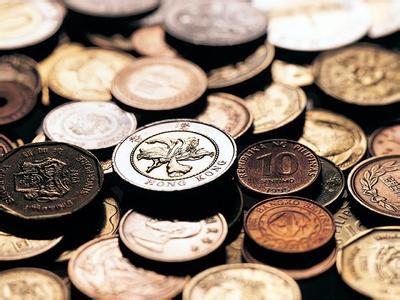2015年12月11日北美托福综合写作真题及范文
小编今天给大家带来了2015年12月11日北美新托福考试写作真题-托福综合写作真题及范文。内容摘自新航道《托福写作真经》5。
托福综合写作阅读部分:
You will have 3 minutes to read the passage.
A silver coin was found at the Goddard site, an ancient Native American village in Maine.Scientists said this “Maine penny”was a Norwegian silver penny. Some people believed the Maine penny was brought here by Vikings. However, there is no reliable confirmation or documentation of the Goddard coin as a Viking relic. The Norse coin from Maine should probably be considered a hoax.
This small silver coin was excavated at the Goddard site, a large prehistoric Native American trade village in Penobscot Bay, Maine. The Norwegian silver penny found in Maine is too far away from other silver coins that have been found, so a more likely explanation for the coin’s presence is that it was obtained by natives somewhere else, perhaps in Newfoundland, and then eventually reached the Goddard site through native trade channels.
The suggestion that the coin was brought to America by Vikings is ill-founded. Archaeologists have never found any more silver coins in other surrounding places. The Goddard coin remains the only pre-Columbian Norse artifact generally regarded as genuine found within the United States. The fact is that no Viking coins have yet been found north or west of Iceland.
Finally, Kolbjorn Skaare of the University of Oslo determined the coin had been minted between 1065 and 1080 AD and widely circulated in the twelfth and thirteenth centuries. At that time, silver was one of Europe's key resources, and silver drachmas were popular trade coins. However, Native Americans had no concept of the value of silver coins like these. So, Vikings had no reason to bring silver coins over such great distances to America.

听力部分请下载托福写作真经5MP3:新航道《新托福写作真经5》mp3音频下载
托福综合写作问题:Summarize the points made in the lecture you just heard, explaining how they cast doubt on points made in the reading passage.
The reading passage takes a skeptical approach to the authenticity of the famous “Maine penny” found at an ancient Native American excavation known as the Goddard site, and argues that any claim of this coin being a Viking relic is false. The professor disagrees entirely, and counters each argument against the coin's legitimacy.
First, the reading points out that no other coin like this was ever found anywhere near the site in Maine. In fact, it was probably brought there by. Native American trade many years later. The professor rebuts that just because no other coins like this have been found does not mean Vikings were not in the area. He describes their world travels and various proven trips they made to North America at that time.
The next problem, according to the reading, is that if this penny was really brought by Vikings, why have no others of its type been discovered anywhere north or west of Iceland? The professor’s answer is that the coins were far too valuable to the Vikings, even treasured as highly as gold. The Vikings probably took most of the coins back with them when they returned home.
Finally, the author cites that Kolbjorn Skaare of the University of Oslo determined the coin was circulated in the twelfth and thirteenth centuries. However, Native Americans at the time had no concept of money or the value of silver coins. Therefore, there would have been no reason for the Vikings to bring silver coins to America. However, the professor says that even though the natives did not use silver coins as currency, they still loved the shining, attractive quality of silver, and some evidence even suggests :they used this coin as a necklace or pendant.
新航道托福真经系列下载:








